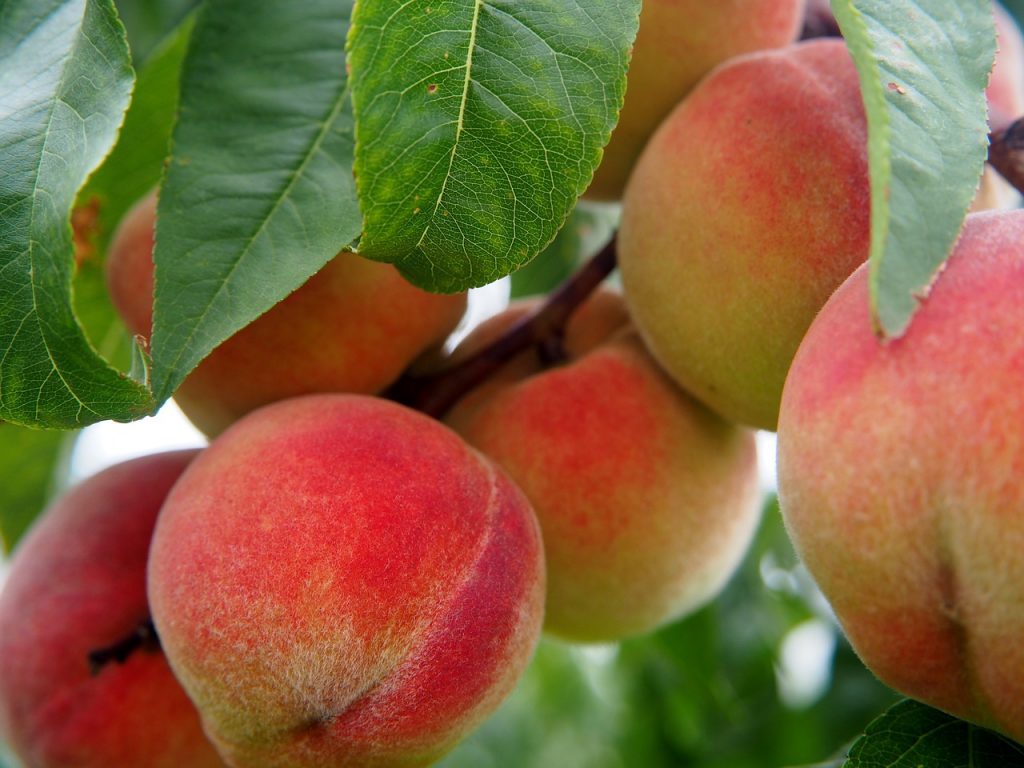When to Plant Peach Trees in Alabama
When selecting a peach tree to grow in your garden, it is important to choose the variety that is best suited for your area and purpose. Peach trees are originally from China and can be temperamental with their blossoms. Some peach trees are more suitable for fresh eating, while others are better for canning and making preserves. There are hundreds of peach varieties, each one adapted to a particular region or purpose. Peach trees are best planted November until March in Alabama.
Choosing the Right Peach Tree
Don’t bother with a tree that does not grow well in our Alabama climate. If possible, buy peach trees that were grown locally instead of mail-ordering peach trees for your garden. If you purchase peach tress through the mail, they are likely to have trouble adjusting to the climate changes upon arrival. They may also not do well in our hot or humid climate.
You’ll want a peach tree that produces flavorful fruit with a pleasing texture and color. You will also need fruits large enough to be worth picking and processing. Peaches should not fall from the tree before you have a chance to pick them either. Sugar content will vary between peach varieties as well as harvesting time.
Select peach trees that have low susceptibility for peach leaf curl. The peach leaf curl pathogen will damage peach leaves and stunt peach tree growth. Peach leaf curl is a disease that is very common in most peach-producing regions of the world . It’s caused by a fungus. Some peach varieties are resistant or less susceptible for peach leaf curl, but all peach trees can become infected eventually if conditions are right.
Avoid peach trees that are susceptible to peach tree borer. The peach tree borer is an insect pest of peach trees that can kill the peach tree if left untreated.
Growing a Peach Tree
Plant peach trees in full sun for maximum peach tree growth. Peach trees require well-draining soil that is neither too acidic or alkaline, but they also do great in any type of soil as long as it drains well. Add decomposed organic peach tree mulch around peach tree roots to maintain moisture levels during dry seasons and to help your peach tree survive the summer heat. Look for water-stressed peach trees by observing drooping leaves or wilting branches.
Pruning peach trees correctly is important in order to get the best harvest from your tree. Pruning also helps maintain the shape of the tree and keeps it healthy. In general, prune peach trees in late winter or early spring before new growth begins. Remove any dead or damaged branches and thin out the tree to allow light and air to circulate. Cut back inward-growing branches and remove any suckers (branches that grow from the rootstock). If your peach tree is not producing fruit, you may need to do more drastic pruning, including removing the entire top of the tree.
When planting a peach tree, be sure to use a high-quality, balanced fertilizer. A 10-10-10 fertilizer is a good option and should be applied at planting and then again every six weeks. In addition, you can also apply a layer of compost around the base of the tree each year. This will help to keep the soil healthy and promote strong growth.

